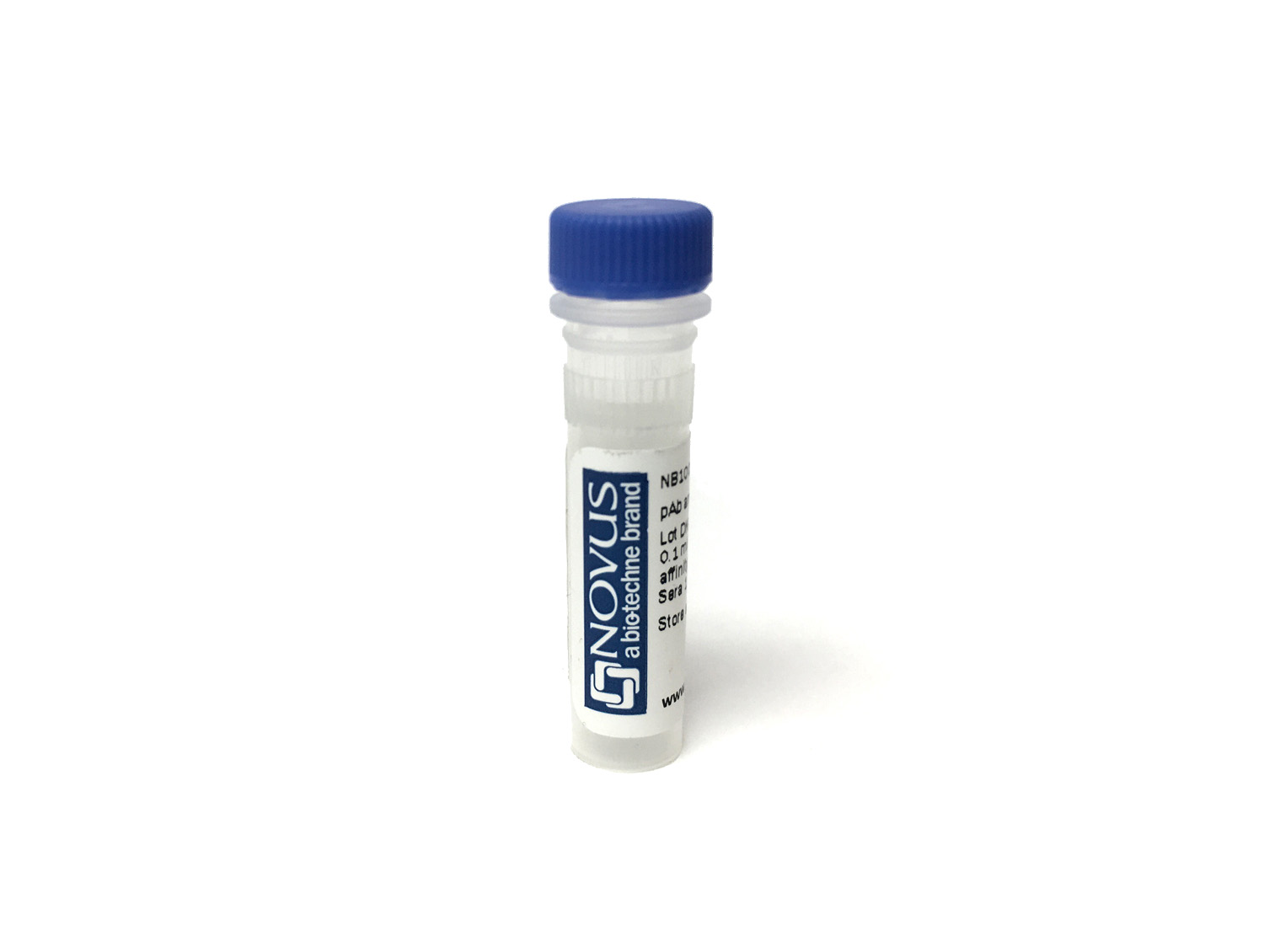MMR/CD206/Mannose Receptor Antibody (CL0387) - Azide and BSA Free
Novus Biologicals, part of Bio-Techne | Catalog # NBP3-43996


Conjugate
Catalog #
Key Product Details
Species Reactivity
Human
Applications
Immunohistochemistry, Immunohistochemistry-Paraffin, Western Blot
Label
Unconjugated
Antibody Source
Recombinant Monoclonal Mouse IgG2B Clone # CL0387
Format
Azide and BSA Free
Concentration
Concentrations vary lot to lot. See vial label for concentration. If unlisted please contact technical services.
Product Specifications
Immunogen
This antibody was generated using a recombinant protein sequence of P22897, with the exact immunogen sequence remaining proprietary.
Clonality
Monoclonal
Host
Mouse
Isotype
IgG2B
Applications for MMR/CD206/Mannose Receptor Antibody (CL0387) - Azide and BSA Free
Application
Recommended Usage
Immunohistochemistry
: 1:2500 - 1:5000
Immunohistochemistry-Paraffin
: 1:2500 - 1:5000
Western Blot
: 1 ug/ml
Application Notes
For IHC-Paraffin, HIER pH 6 retrieval is recommended. MMR/CD206/Mannose Receptor antibody validated for IHC-P from a verified customer review.
Formulation, Preparation, and Storage
Purification
Protein A purified
Formulation
Lyophilized in 5% Trehalose.
Format
Azide and BSA Free
Preservative
0.02% Sodium Azide
Concentration
Concentrations vary lot to lot. See vial label for concentration. If unlisted please contact technical services.
Stability & Storage
Store at 4C short term. Aliquot and store at -20C long term. Avoid freeze-thaw cycles.
Background: MMR/CD206
Long Name
Macrophage Mannose Receptor
Alternate Names
CD206, CLEC13D, MRC1
Gene Symbol
MRC1
Additional MMR/CD206 Products
Product Documents for MMR/CD206/Mannose Receptor Antibody (CL0387) - Azide and BSA Free
Product Specific Notices for MMR/CD206/Mannose Receptor Antibody (CL0387) - Azide and BSA Free
This product is for research use only and is not approved for use in humans or in clinical diagnosis. Primary Antibodies are guaranteed for 1 year from date of receipt.
